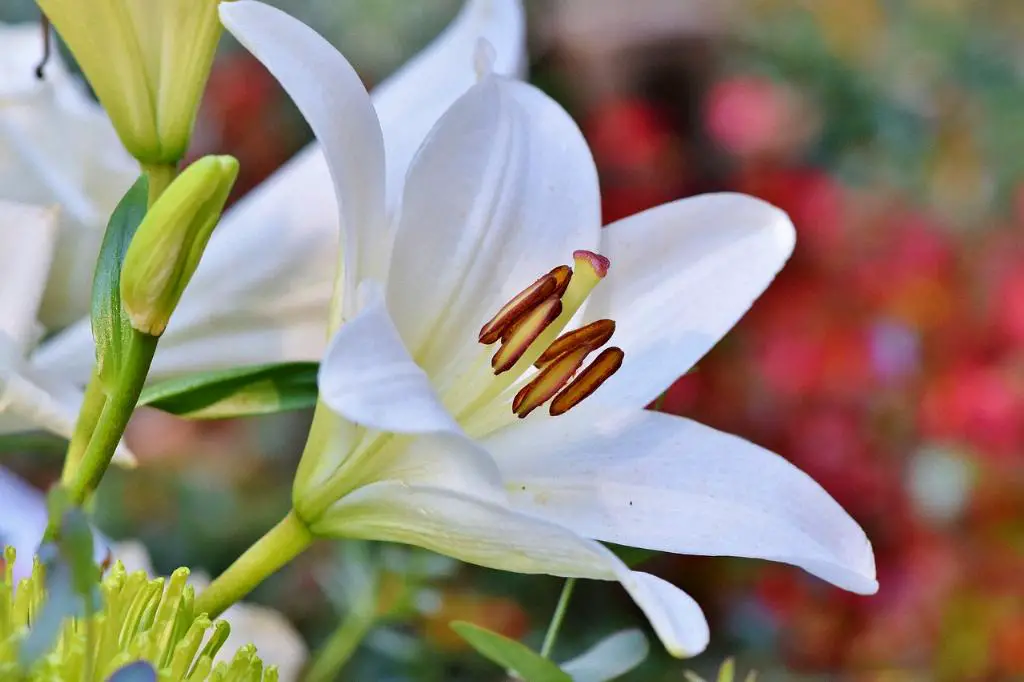When it comes to caring for your lily plant, there are several key factors to keep in mind to ensure its optimal growth and blooming potential. Understanding the specific needs of lilies can help you create an environment where they can thrive and flourish.
1. Choosing the Right Location
Lilies prefer a spot that receives partial sunlight, although they can also do well in areas with light shade for part of the day. Select a location in your garden that offers this balance to provide your lily plant with the ideal growing conditions.
2. Soil Preparation
For lilies to thrive, they require well-drained, moisture-retentive soil. Before planting your bulbs, make sure to enrich the soil with plenty of organic matter. In clay-heavy soils, consider adding a layer of coarse sand or gravel beneath the bulbs to improve drainage.
3. Planting Your Lilies
When planting lily bulbs, ensure that they are positioned at a depth approximately three times the bulb’s height. Space the bulbs apart to allow for proper root development and avoid overcrowding, which can hinder growth.
4. Watering Routine
Maintain a consistent watering schedule for your lily plant, ensuring that the soil remains evenly moist but not waterlogged. Water deeply when needed, especially during dry periods, to promote healthy growth.
5. Feeding Your Lilies
Feed your lilies with a balanced fertilizer during the growing season to support their nutrient requirements. Choose a fertilizer formulated specifically for flowering plants to encourage robust blooming.
6. Mulching for Protection
Apply a layer of mulch around your lily plants to help retain moisture, suppress weed growth, and protect the bulbs during extreme temperatures. Mulching also adds nutrients to the soil as it breaks down over time.
7. Deadheading Spent Blooms
Regularly remove faded flowers from your lily plant to prevent seed production and encourage the plant to focus its energy on developing new blooms. Deadheading also helps maintain a tidy appearance in your garden.
8. Staking Tall Varieties
If you are growing tall lily varieties, consider staking the stems to provide additional support and prevent them from bending or breaking under their own weight. Use garden stakes or supports to secure the plants as they grow.
9. Pests and Diseases
Monitor your lily plants for any signs of pest infestations or disease. Common pests that may affect lilies include aphids, lily beetles, and slugs. Treat any issues promptly to prevent them from spreading.
10. Overwintering Your Lilies
Protect your lily bulbs during the winter months by adding a layer of mulch over the soil to insulate them from freezing temperatures. In colder climates, consider lifting and storing the bulbs indoors until the following growing season.
11. Dividing and Propagation
Over time, lily bulbs may become overcrowded and produce fewer blooms. To rejuvenate your plants, consider dividing the bulbs every few years to encourage healthy growth and increase flowering potential.
12. Enjoying the Fruits of Your Labor
Finally, sit back and relish the beauty of your well-cared-for lily plants as they burst into bloom. Take the time to appreciate the vibrant colors, intricate patterns, and delicate fragrance that lilies bring to your garden.

